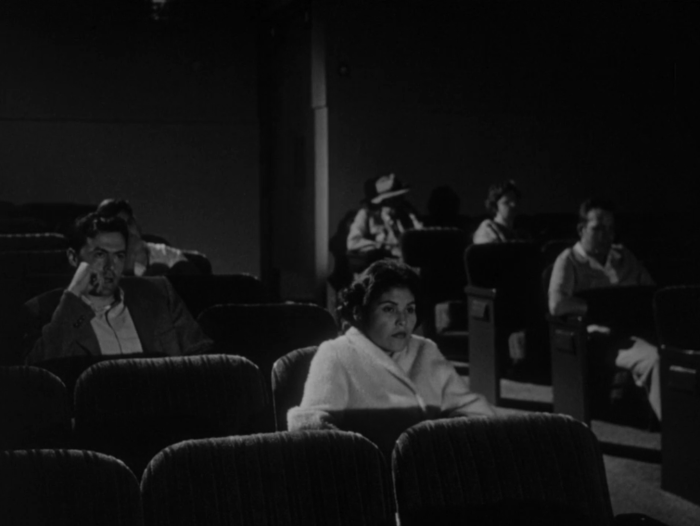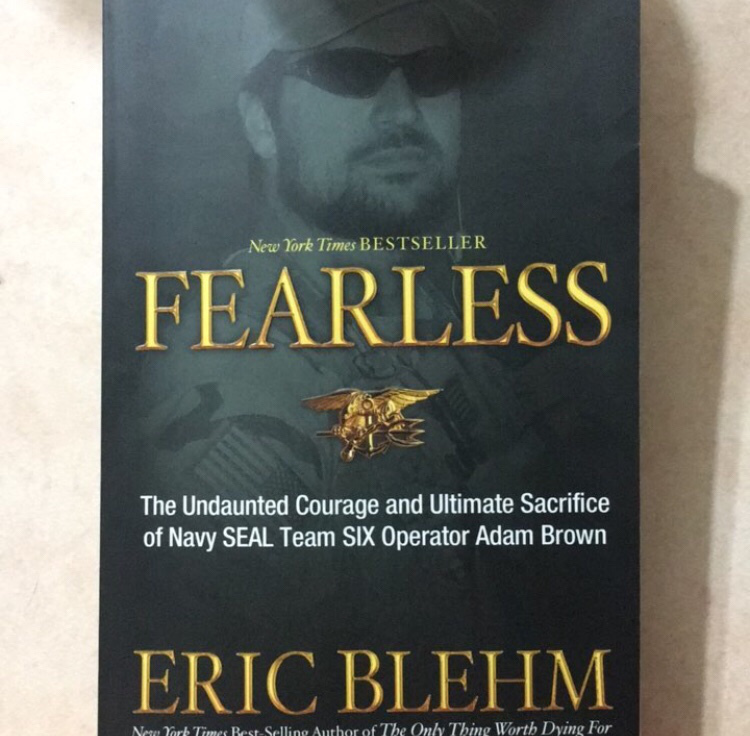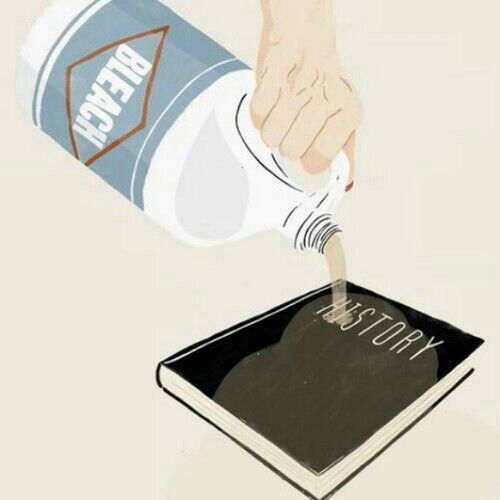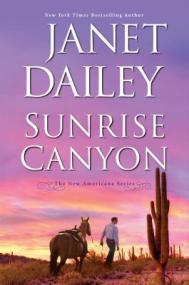Welcome to this week’s edition of FilmStruck Friday, the almost-weekly series in which I share reviews and recommendations of films from the TCM/Criterion streaming service. Today, a fascinating depiction of Los Angeles’ Native American community in the 1960s. Happy viewing!
Contrary to the simplistic misconceptions held by many, the lives of native people in the United States are not confined to teepee-living, headdress-wearing, and battle-fighting, nor are their lives and experiences confined to history.

(Image via exilesfilm.com)
Writer/director Kent Mackenzie and his team of young USC filmmakers created 1961’s The Exiles to break down some of those misconceptions and narrow understandings of native life in the modern world. Following a handful of people who left reservations for new lives in sunny California, The Exiles shows us twelve hours in the lives of the Native American community in Los Angeles’ Bunker Hill neighborhood.
The film opens with a photographic slideshow and introductory narration regarding the transition of Native American life to reservation confinement at the hands of the young United States government. Before heading to Bunker Hill, the narration makes clear that the film doesn’t seek to offer a universal representation of Native Americans in the 1960s. Rather, it aims to be authentic to the experience of those who left the reservation for the city, without attempting to speak for everyone.
Central to the story are Yvonne Williams, a pregnant woman, and her husband Homer (a stand-in for Yvonne’s real-life husband, Cliff, according to an NPR interview). Yvonne wants to raise her child in Los Angeles rather than going back home to Arizona, and tries her best to be a good wife. Homer, meanwhile, seems to prefer spending most of his time drinking with his friends.
Offering social commentary on serious issues like the prevalence of alcohol use/abuse in the community, The Exiles also manages to be very personal, intimate, and moving. This is particularly true where Yvonne is concerned. To me, the most poignant scene of the film has her visiting a movie theater — pregnant, alone, and using the local movie house as her form of escape from everyday life. (Interesting to note, the movie she watches has a couple arguing about money — so, perhaps it isn’t much of an escape, after all.)

While Homer is out with his friends, Yvonne spends the evening at the movies. (Screen capture by Lindsey for TMP)
Because Yvonne’s real husband, Cliff, was unable to participate in the film, The Exiles includes reenactments of scenes from her real life. As a result, the film is quite cinematic and very nicely shot. An early scene in which Yvonne returns home from a market and begins cooking, while Homer lazes in his living room chair, stands out to me as being very obviously reconstructed, but effectively so.
The film has a documentary feel and provides an authentic look at the community, despite the fact that scenes have been rehearsed and staged. The narration, particularly from Yvonne, is incredibly insightful and effectively used. A mid-century rock ‘n’ roll soundtrack adds greatly to the film’s grit and mood.
The Exiles, beyond being a very human story of life and its struggles, is a time capsule to a lost neighborhood in a previous era. The official website for the film notes that Bunker Hill, the neighborhood featured, was leveled just a few years after the film was finished, making the film significant not only for its human subjects but for its portrayal of a particular place and time.

Yvonne walks the streets of Bunker Hill to a friend’s house. (Screen capture by Lindsey for TMP)
This is exactly the type of film I hoped FilmStruck would bring into my life when I signed up for the service. I’d never heard of The Exiles until adding it to my queue. Research after watching revealed that practically no one had seen the film until 2008, when it was restored by the UCLA Film and Television Archive and finally distributed worldwide.
The Exiles is an absolute hidden gem, and more importantly, offers today’s viewer an opportunity to experience a corner of life far different from our own. Highly recommended.
NOTE: The Exiles expired on FilmStruck before I was able to get this post up. (Had I known it was expiring, I would have published this several weeks ago!) However, if you’re interested in watching, it’s available on DVD from Milestone Films.
Advertisements Share this:





